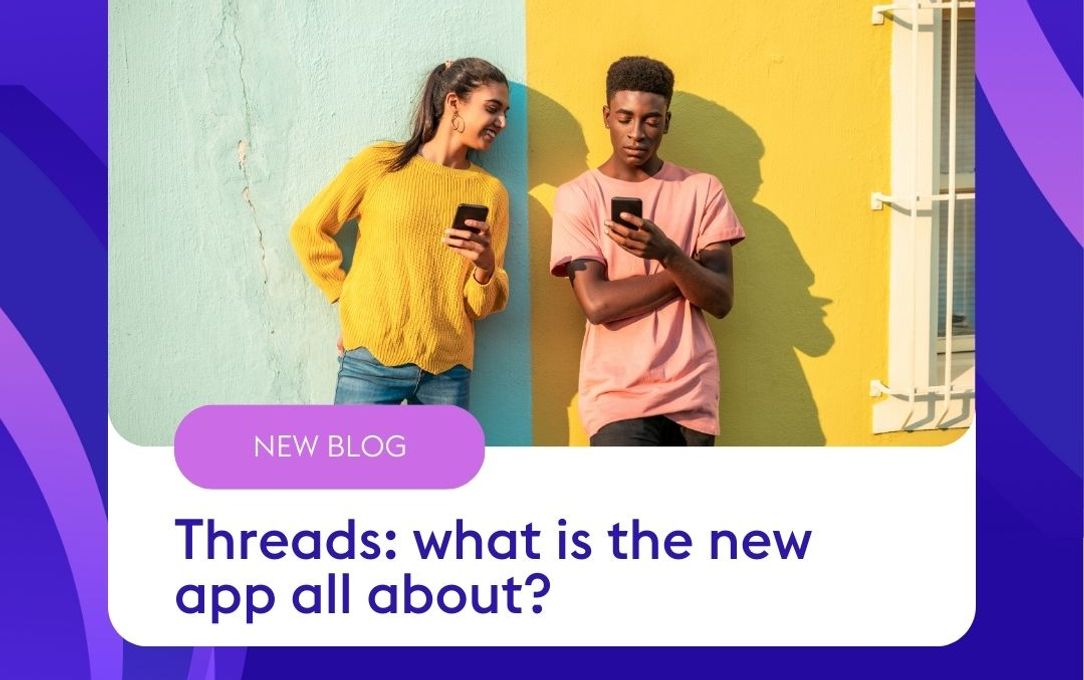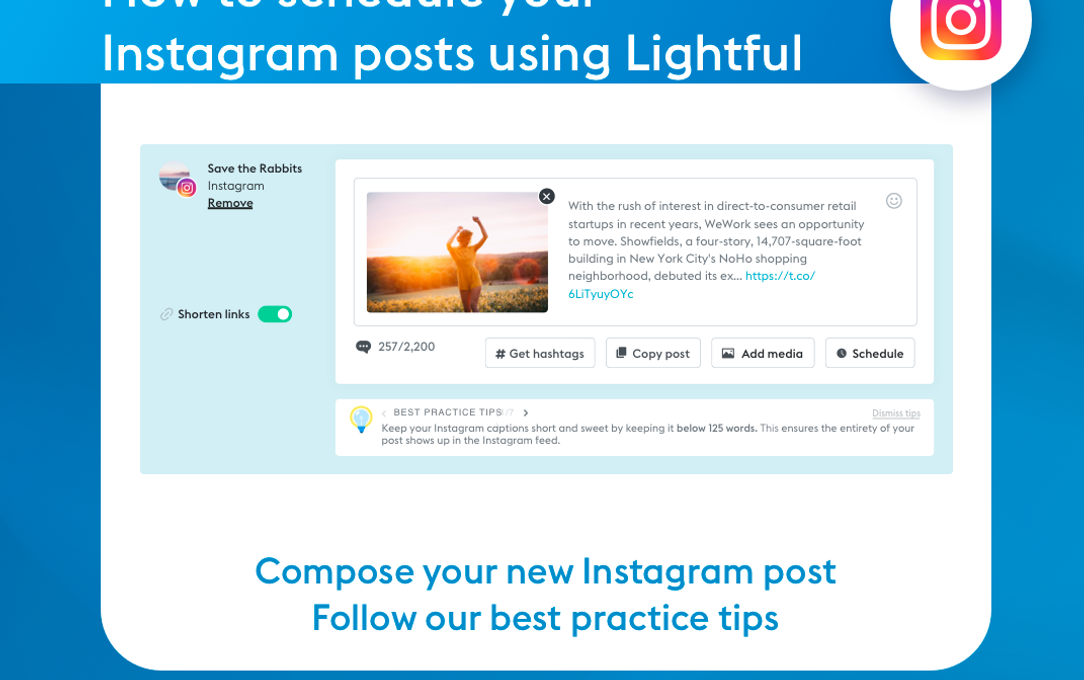Five ways to make your social media more accessible

Global Accessibility Awareness Day takes place annually on the third Thursday of May – this year falling on May 16th. Running since 2015, GAAD aims to target developers, design teams and groups who directly influence the direction of technology.
The purpose of the day is to help these groups understand the challenges many people face when using technology, with larger aims of implementing more accessible interfaces – ensuring nobody is left behind in an ever-evolving digital world.
This is a notion that we carry with us at Lightful, which got me thinking – we can and should apply these principles to our social media content too.
In the spirit of Global Accessibility Awareness Day, in this blog post, I will be sharing with you five ways to make your content more accessible to individuals who face barriers, be it due to a disability, cognitive issues, a mental health problem or difficulty using social media.
1. Get to grips with readability
Readability is a key part of making your social media accessible; it covers a lot of ground. To put it simply, readability is how easily a reader can understand a written text. One needs to take into account how complex the vocabulary or syntax of the text is, the font, the size of the writing, line length etc.
In a social media context, using actual numbers rather than typing them out, avoiding the use of specialist terms and using short, concise sentences are all good habits to get into.
Content Design London has some fantastic resources when it comes to understanding how to implement readability, which you can find here.
2. Write in camelCase when using hashtags
In a nutshell, camelCase is the practise of writing phrases such that each word begins with a capital letter. If someone is using a screen reader the hashtag will be enunciated as individual words rather than one big one.
This is also much easier to read:

3. Consider trigger warnings
Let readers know that sensitive content is being discussed by beginning your post with a ‘Trigger Warning’. You can never be sure the individual circumstances of someone that could be reading your posts, so it’s best to issue a warning before potentially upsetting someone.
It is estimated that 1 in 6 people in the past week alone have experienced a common mental health problem and that 1 in 10 people will go on to experience some form of post-traumatic stress disorder in their lifetime, these statistics speak for themselves – so be mindful.
4. Use Image Descriptions and consider visual impairments
Adding descriptions to the images you upload allows people using screen-readers to have a picture described to them. All you need to write is what the image is conveying! Twitter makes it super easy to add alternative text to your images, though it’s best to include your descriptions in the body of each post. It can be as simple as popping it in brackets, or entering it at the bottom of your post – however, you lay it out, make sure you include it.
You should also get into the habit of posting videos when utilizing Facebook and Instagram stories, as pictures with text cannot be read by a screen reader!

5. Familiarise yourself with accessibility issues
The absolute best way to start posting more accessible content is by familiarising yourself with the issues people face. The American Foundation for the Blind have a fantastic series of articles on using social media when you have a visual impairment or blindness. There are countless articles like this, all simply a google search away.
You can also try using social media with a screen reader and finding out first-hand how difficult it can be. Take the time to understand the limitations your audience may face, and prepare accordingly.
Social media is for everyone, and therefore everyone should be able to use it to its full potential. These are not big changes, and when we implement them we make the internet a better place for so many people.
What can you do to make your posts more accessible?
Sources
Latest articles

Happy World Engineering Day! Today Lightful is celebrating the incredible innovations and solutions that engineers achieve, making the world a better place. From addressing climate change through to the design of new healthcare tools, engineering is at the heart of societal change.

As the world tackles some of society’s greatest challenges, from climate crisis to global health, the collective effort to bridge gender gaps in science, technology, engineering and mathematics (STEM) becomes ever more crucial. The global community recently marked the International Day of Women and Girls in Science which celebrates the invaluable contributions of women and girls to the economic development of the world.
Related posts

Meta’s latest app gained over 100 million users in just a few days, becoming one of the fastest growing apps ever. To put this into perspective, it took two months for Open AI’s ChatGPT to reach 100 million users, and we thought that was fast!

Instagram is a visual channel that helps you build an engaged community of people who are following your cause.
See who we help
Contact us
Want to learn more?
Email Pumulo and start a conversation





